Home » Destinations » Samburu National Reserve – Special Five, Culture & Safari Guide
The sun hits different here. The air is drier. The colors bolder. A lone oryx stands on a ridge, its horns tracing the skyline. Down by the river, elephants kick dust and splash it over their backs, one ear on the wind. Not far off, a lion stalks silently, barely lowering the grass as it passes.
This is Samburu National Reserve—less crowded, less polished, more real.
Here, the animals wear stripes you’ve never seen. Giraffes are reticulated. Zebras are grevy. And the antelopes? They look like deer that went to art school.
Because it’s not the Mara. And that’s exactly the point.
Samburu offers a drier, rawer version of safari. Fewer vehicles. Fewer lodges. But just as much magic—sometimes more.
It’s a place where you don’t just see wildlife, you feel like you stumbled into it.
And the people? The Samburu tribe, cousins of the Maasai, live with the land, not around it. Their red cloth, beadwork, and storytelling will stay with you long after the animals fade from your memory card.

An elephant herd crossing the Ewaso Ng’iro River, trunks up, water swirling around them.
A lioness sleeping under a doum palm, her cubs chewing on her tail.
A reticulated giraffe silhouetted against a pastel sunset—geometric and still.
A Samburu guide pointing out leopard tracks in dust you hadn’t noticed until now.
It’s not just about how many animals—you’re here for who they are.
| Species | Why It’s Special |
| Grevy’s Zebra | Rarer, thinner stripes, white belly |
| Reticulated Giraffe | Clean, sharp mosaic pattern |
| Beisa Oryx | Elegant, with long black horns |
| Gerenuk (Giraffe Gazelle) | Stands on hind legs to feed—like it forgot it’s not a goat |
| Somali Ostrich | Blue legs, unique to the north |
| Elephants | Large herds, especially along the river |
| Leopards, Lions, Cheetahs | Present, patient, and sometimes very close |
| Crocodiles & Hippos | In and around the Ewaso Ng’iro River |
| Over 450 bird species | Vulturine guineafowl, kingfishers, bee-eaters, eagles |
Together, these make up the Samburu Special Five—found only north of the Equator.
No results found.
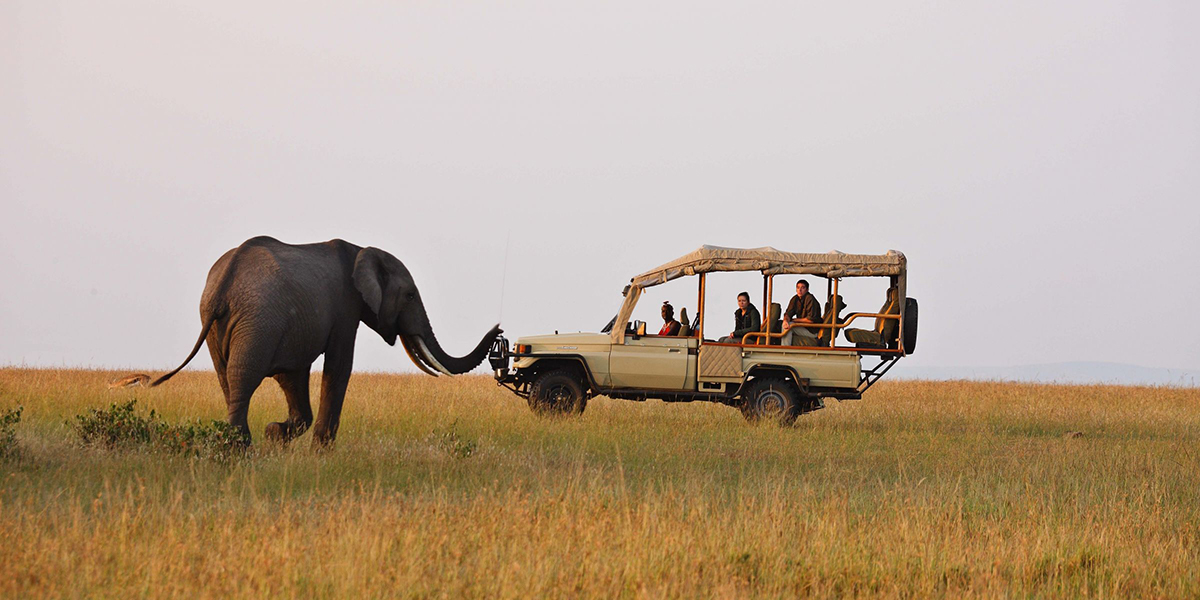
Game Drives
Early morning, the sand is still cool. You ride out with the windows down, past thickets where kudu step carefully, and lions nap in the shade. No traffic. Just you, the birds, and the growing heat.
Ewaso Ng’iro River Watching
Settle under a doum palm and watch elephants dig for water. Crocodiles sunbathe on one side. Baboons patrol the other. You don’t need to move much here—just observe.
Cultural Visits
Meet the Samburu people, known for their deep traditions, storytelling, and colorful beadwork. You’ll learn how they track lions, read the weather, and find water where there’s none.
Guided Nature Walks (in buffer zones)
Step out of the car and learn how the land works. Your guide shows you plants for stomach aches, trees that signal rain, and tracks you didn’t even see.
Star Gazing
With so little light pollution, Samburu skies pour out stars. Sit around the fire. Listen to hyenas calling. Look up. Stay there.
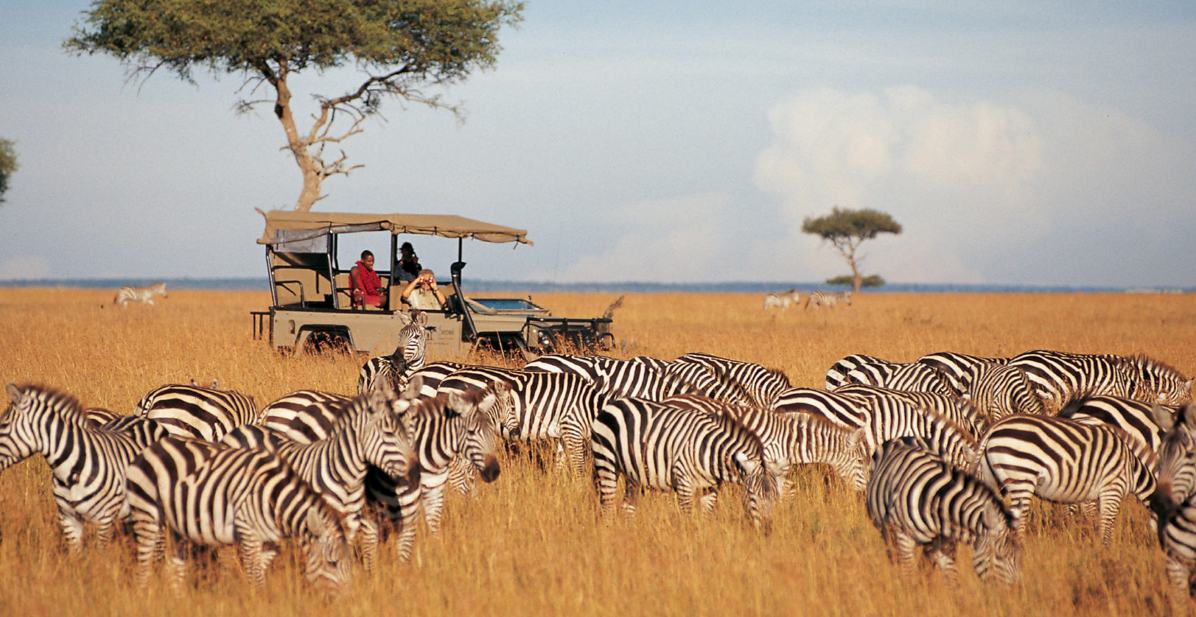
June to October: Dry season. Easy wildlife spotting along the river. Roads are smoother.
December to March: Hot and dry. Fewer visitors, great light, active cats.
April–May and November: Rainy seasons. Dramatic skies. Fewer people. Some roads tricky, but photography is unbeatable.
Samburu is a year-round park—but the rhythm shifts with the weather. So do the animals.
Samburu lies in northern Kenya, in Samburu County, roughly 350 km north of Nairobi.
By Road:
From Nairobi: ~6–7 hours via Isiolo and Archer’s Post. The road is paved until the last stretch near the reserve.
By Air:
Flights from Nairobi (Wilson Airport) to Samburu, Kalama, or Buffalo Springs airstrips take about 1.5 hours.
By Tour Package:
Most safaris include transport, game drives, park fees, and lodging.
Samburu connects easily with the Laikipia Plateau or even Lake Turkana if you’re up for deeper travel.
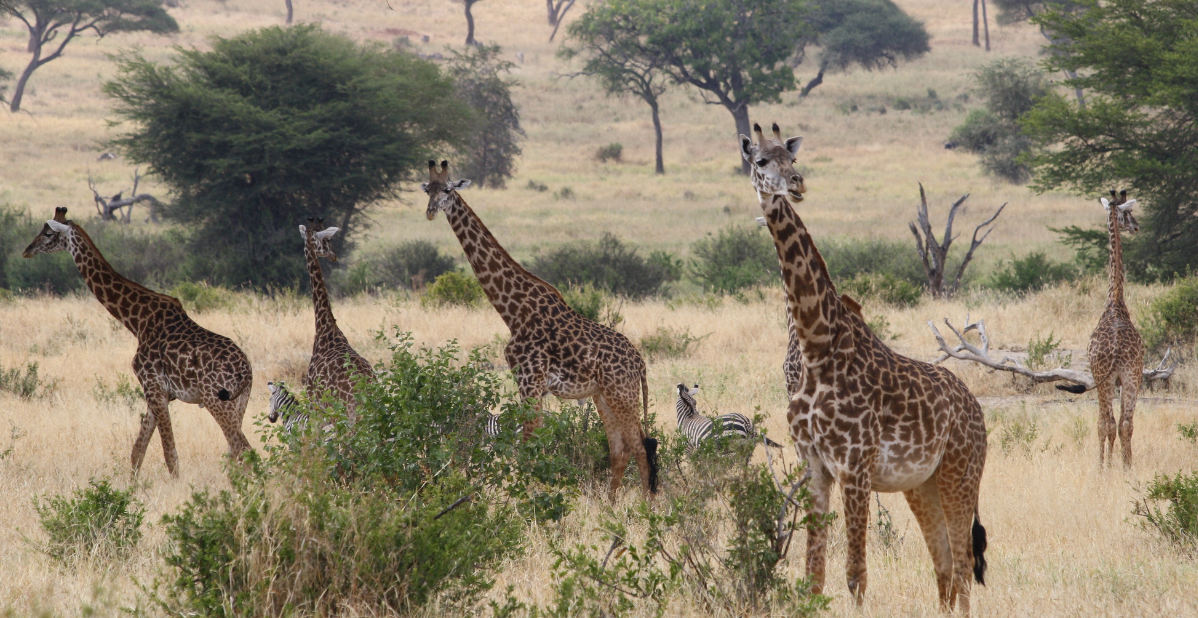
| Type | Camp/Lodge | What to Expect |
| Budget | Umoja Camp, Lion’s Cave | Outside the park, basic comfort, great hosts |
| Mid-range | Samburu Simba Lodge, Ashnil Samburu | Riverside views, good meals, daily game drives |
| Luxury | Saruni Samburu, Elephant Bedroom Camp | Cliffside or riverfront tents, private guides, gourmet meals, elephants at your doorstep |
At Saruni Samburu, you watch the sunrise over Kalama Conservancy with a coffee in hand and silence in your soul.
Entry Fees (2025)
Non-residents:
$70 (adult), $40 (child) per 24 hours
Residents:
KES 1,000 (adult), KES 500 (child)
Vehicle Entry:
Separate fee depending on type/size
Most lodges include park entry fees in their rates—always ask before booking.
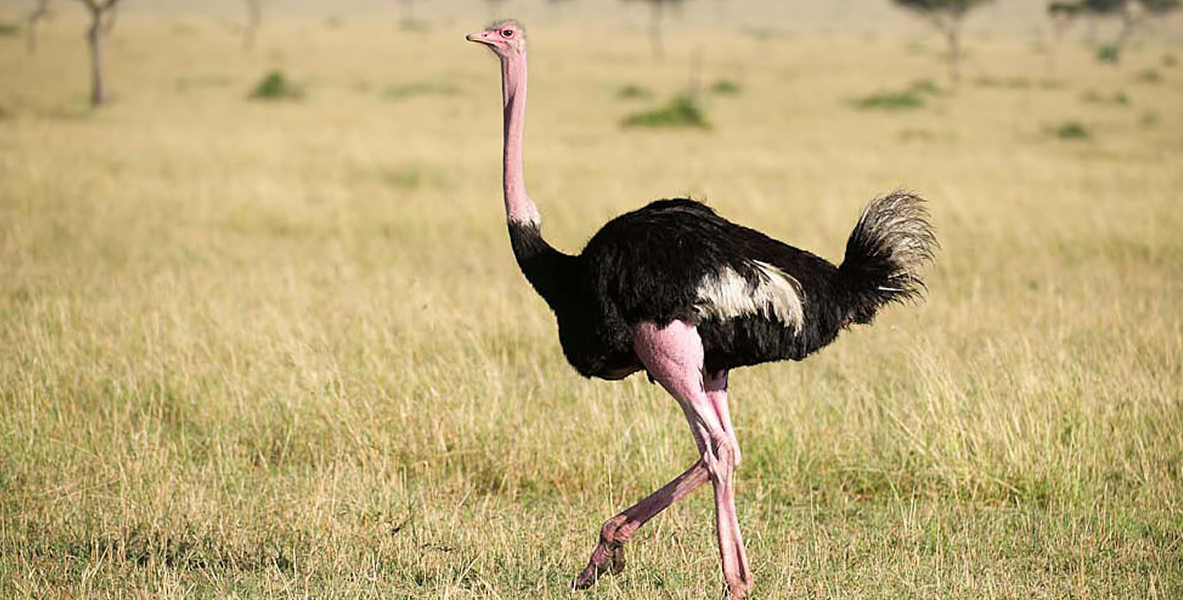
Samburu isn’t loud. It doesn’t brag. It waits.
Then, quietly, it unfolds in front of you—sun, sand, stripes, stories—and you realize you haven’t just visited the wild. You’ve been welcomed by it.
So—when will you head north?
Give Us a call or arrange a meeting with one of our Travel Consultants to discuss more your Kenya Safari Adventure

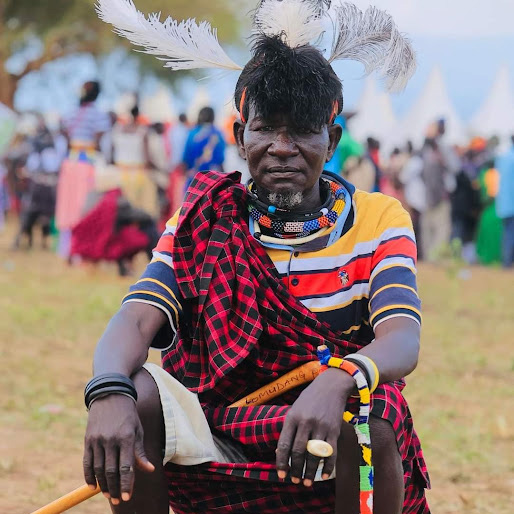

Send an Email
Rm 2B Ground Floor, Tetu Appartments, Milimani Lane, Nairobi.
© 2025 Serengeti Mara Experts LLC All Rights Reserved